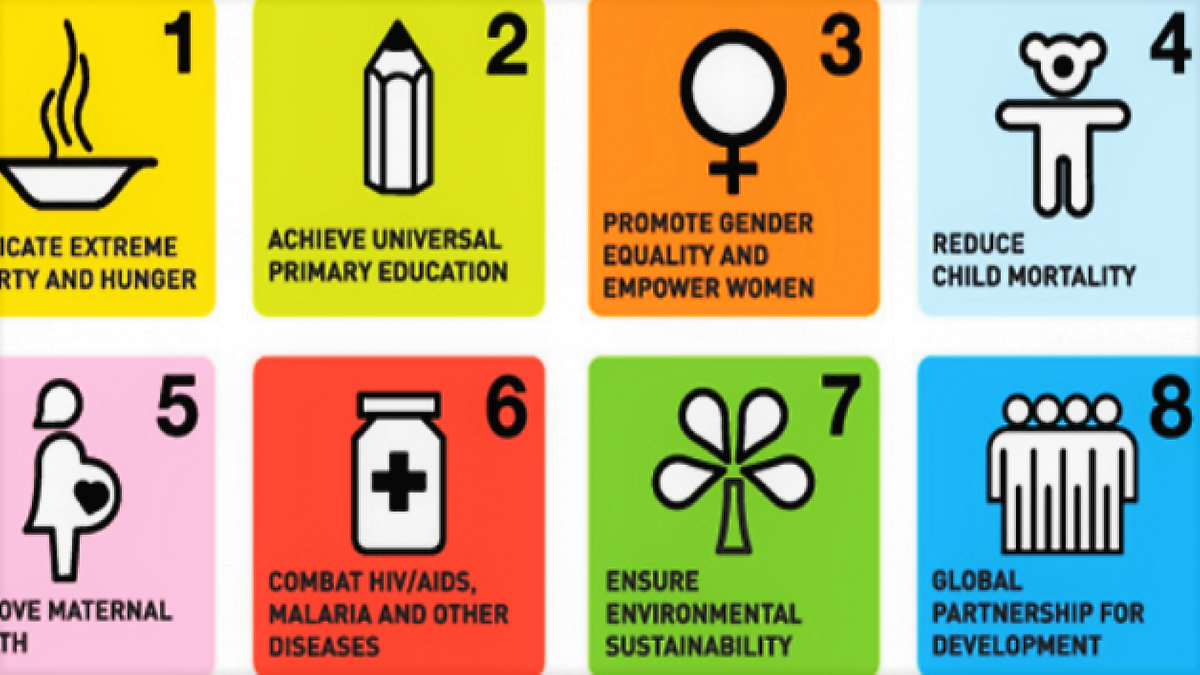Malaysia Population Research Hub

(Excerpts from Malaysia’s Country Statement at the 42nd Session of the United Nations Commission on Population and Development, 30 March – 3 April 2009, New York)
Malaysia has achieved most of the goals set in the ICPD-POA. Other development goals included in the MDGs are in the areas of poverty reduction, universal education, reductions in maternal and child mortality, gender equality, and environmental sustainability. The challenge for Malaysia is to maintain the momentum in dealing decisively with the remainder of the MDG goals especially in reversing the spread of HIV/AIDS, and to identify the next set of priorities that will keep the nation moving ahead towards its ultimate objective of becoming a fully developed nation.
Poverty eradication was already our primary concern in 1970’s, where half of all households in Malaysia were living in poverty. By early 2000, five per cent were poor. Currently, our main goal is to reduce the incidence of overall poverty to 2.8 per cent and to completely eliminate the incidence of hardcore poverty by 2010.
Malaysia had universally achieved primary education in 1990 and by 2005 Malaysia had further achieved gender parity in education, with over 96 per cent in primary and 88 per cent in secondary schools. In 2007, females accounted for 56.2 per cent of the total enrolment in institutions of higher learning. Currently, the literacy rate of females aged between 15 to 24 years is 98 per cent.
Maternal and child mortality levels are now similar to those in developed countries. Although the contraceptive prevalence rate has increased from 5.3 per cent in 1966 to 51.9 per cent in 2004, the unmet needs are still relatively high especially among poor and marginalised groups.
Despite an overall improvement in the health status of the population, new challenges have arisen. Communicable diseases such as HIV/AIDS are on the increase. Our commitment is to strengthen HIV/AIDS prevention and control programmes and to reduce were also undertaken to identify them through the implementation and adopt measures to promote of a National Strategic Plan by sustainable resource management 2010
To further improve the RH needs especially among the young, new policies and programmes were introduced such as the formulation of the National Adolescent Health Policy in 2001 and the establishment of adolescent clinics and introduction of reproductive health module into the compulsory National Service Programme.
Educational attainment has enabled more women to join the professional and business fields and more women are holding leadership posts in both the public and private sectors. However, the goal of achieving the minimum target of 30 per cent representation of women in positions of decision making is still a big challenge,
Current initiatives with regards to sustainability and environmental protection are embedded in the National Physical Plan which emphasises the need for equal distribution of resources and optimise natural resources for sustainable development. Steps were also undertaken to identify and adopt measures to promote sustainable resource management practices in relation to land. water, forest, energy and marine resources.
Malaysia’s commitment to the philosophy of international cooperation has clearly been demonstrated in the Malaysian Technical Cooperation Programme (MCP) now in its third decade. Malaysia has also Cooperated with international partners to address population related issues including reproductive health through the sharing of experiences and capacity building.
Despite these achievements, challenges still remain. The current global economic recession has affected the quality of life of the people. A fiscal stimulus package amounting to 60 billion Malaysian ringgit (approximately 16 billion dollars) was announced in March 2009 in addition to the first package introduced in November 2008. The latest package will be used to create and save jobs, ease the burden of the citizens, assist the private sector and building capacity for the future.
Download : PopInfo Issue 2 2009